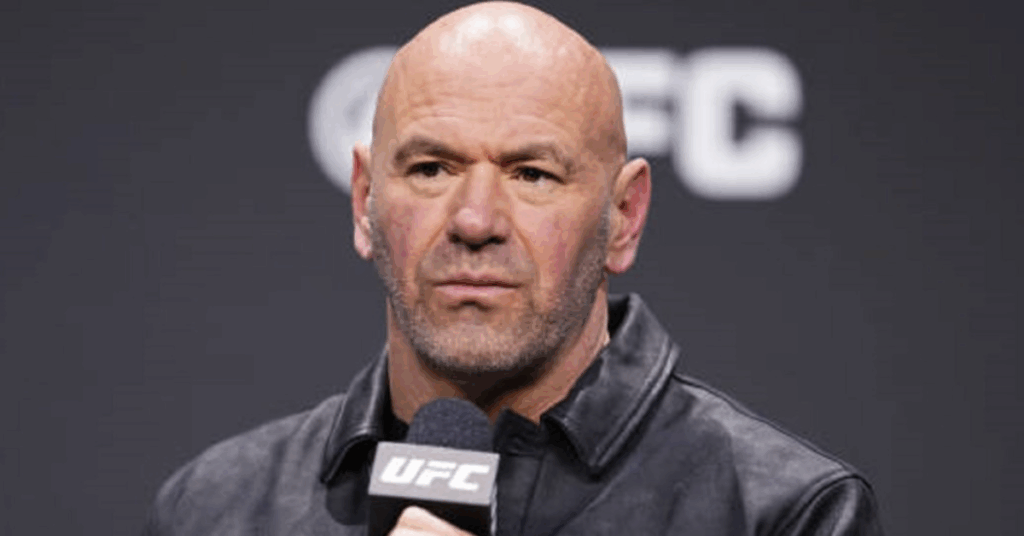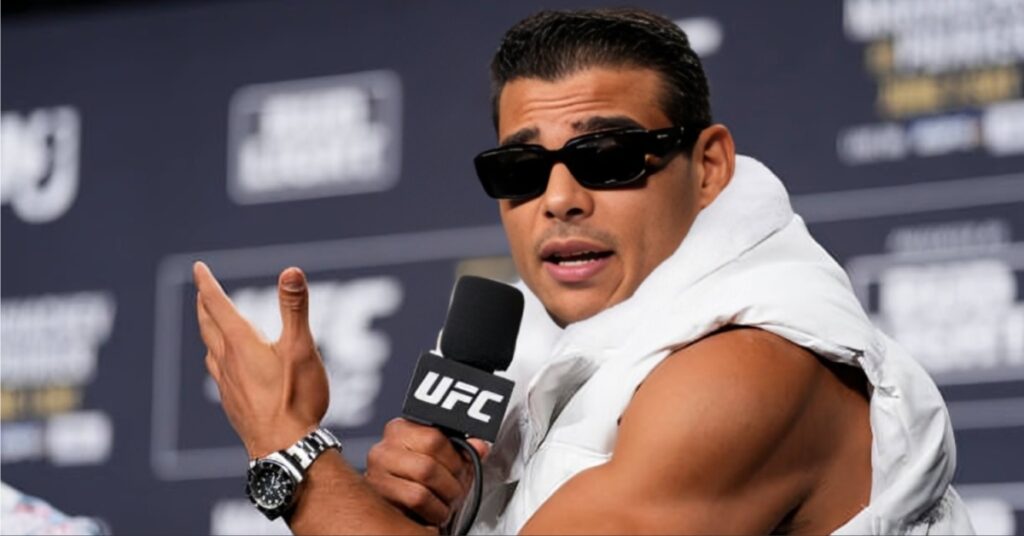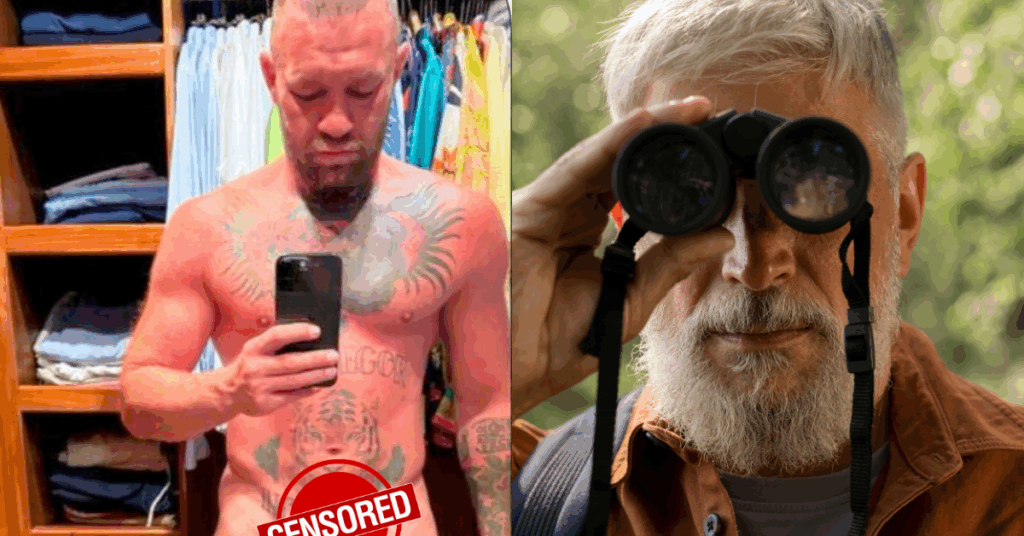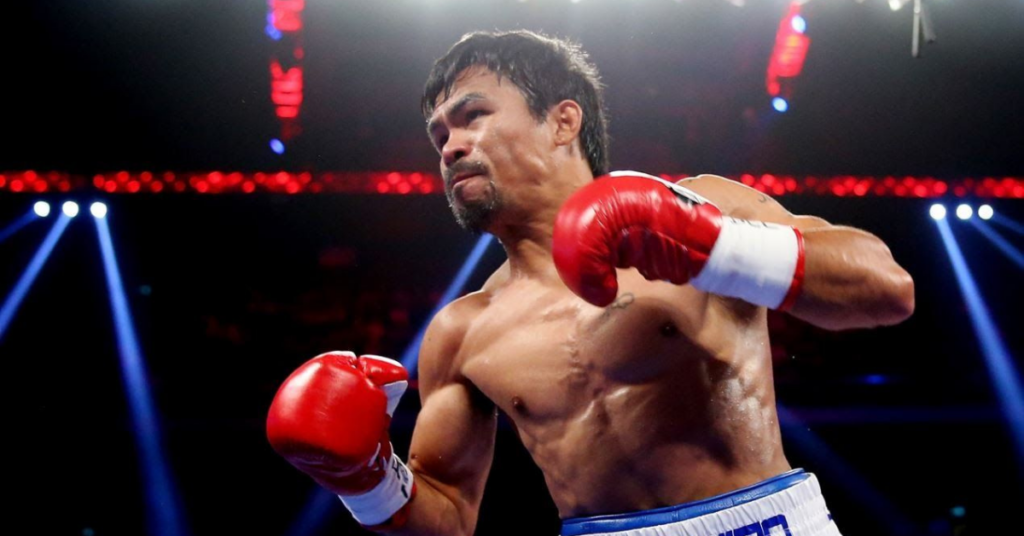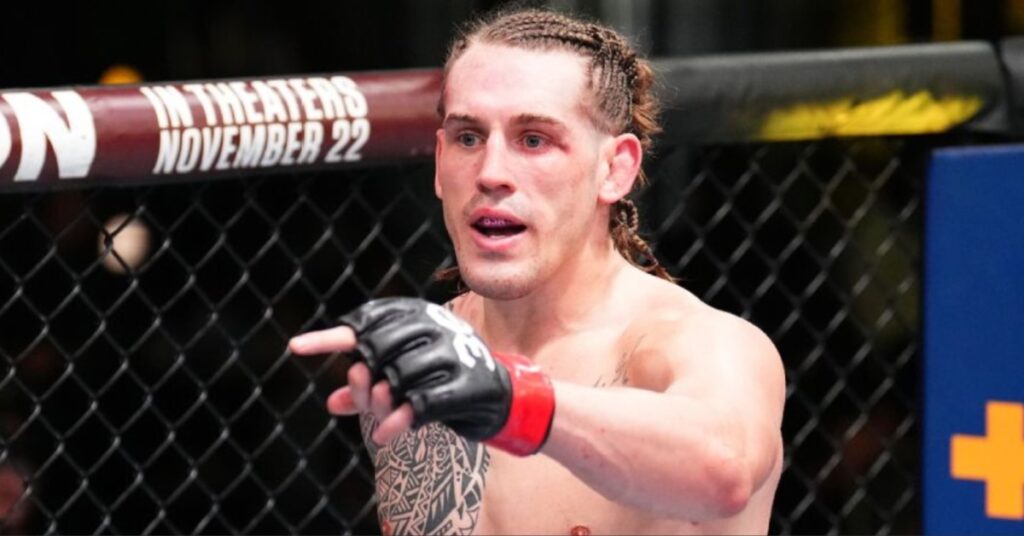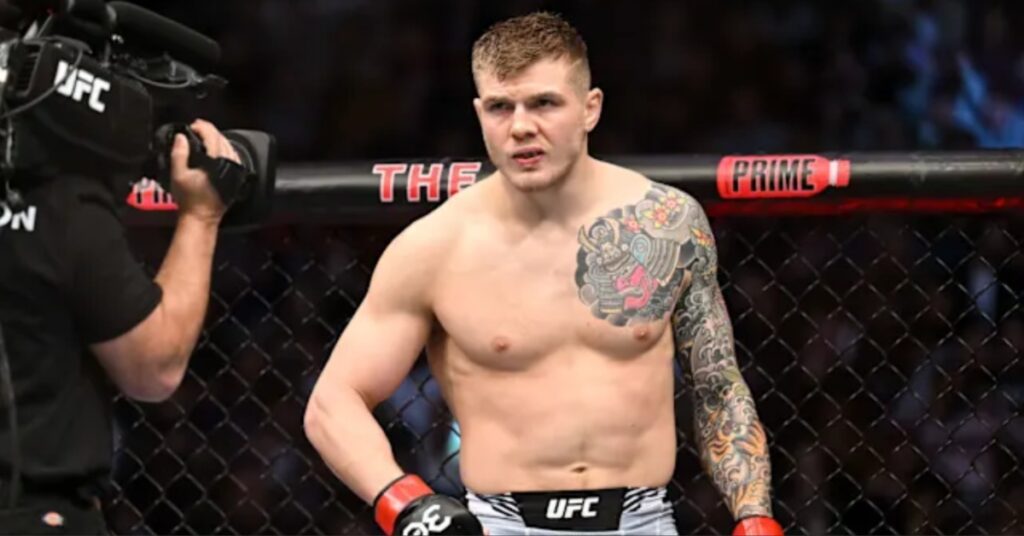African Martial Arts – From Tradition to Combat
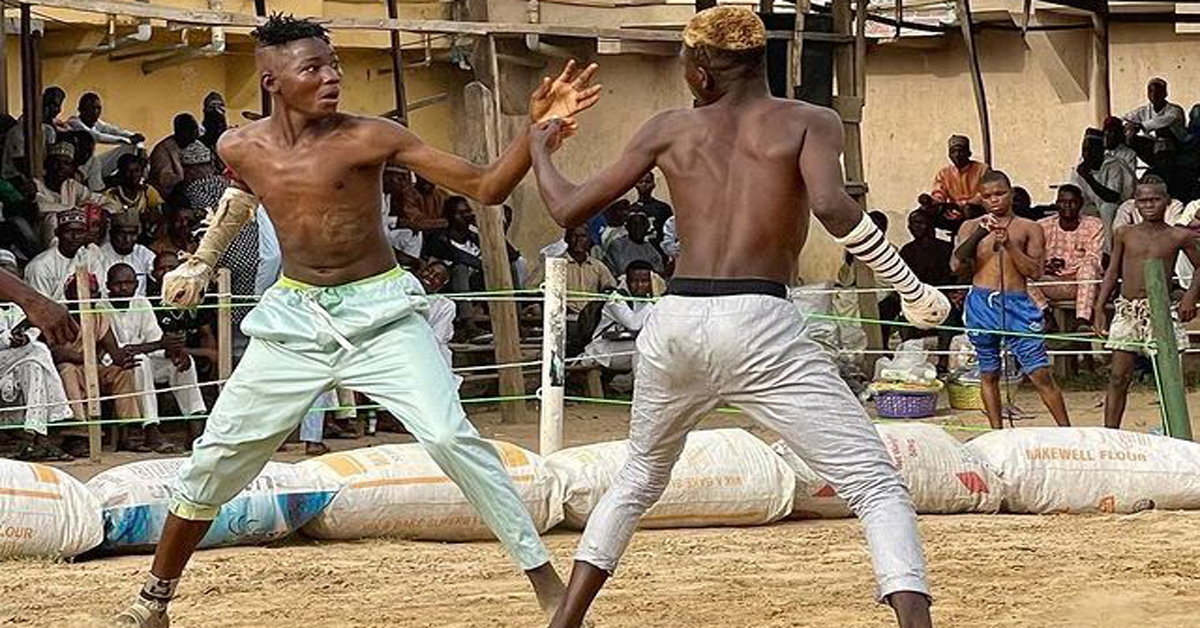
Africa is a melting pot of culture and ideas among many nations. What many may not know is that there are numerous effective African martial arts taught within the continent.
That’s why we’ve compiled a list of the most known African martial arts. Read below to learn the history and techniques of all of these African martial arts below.
Dambe (West Africa)
The first of the twenty African martial arts that we’re covering is the Dambe or Dambe boxing. A west African martial art and sport that is primarily practiced by the Hausa people of Nigeria.
Historically, Dambe was practiced by a group of Hausa known as the “Butcher’s Guild” Originally developed for self defense, then for a rite of passage, and later as a combat sport.
It’s a combat sport that is a mix of striking and grappling. The Dambe boxers get into a circular sand pit known as “Kara” and battle it out.
A fighter’s power hand is wrapped in a heavy cloth and is called the “strong arm.” Their lead hand with no cloth is called the “spear hand.”
A Dambe match lasts for three rounds and the winner is declared either by KO, submission, or judge’s decision. It is not only a sport, but a form of cultural identity for the Hausa people.
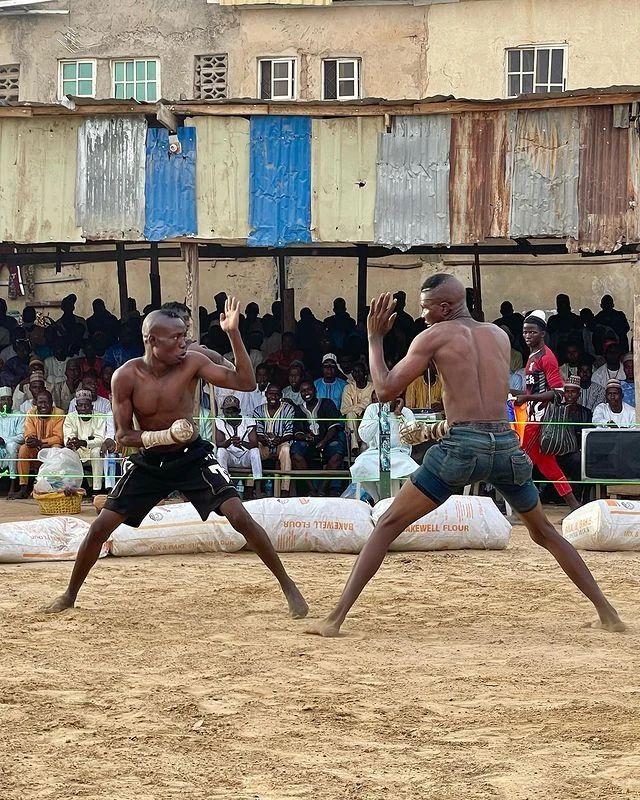
Nguni Stick-Fighting/Zulu Stick-Fighting (South Africa)
The last of the African martial arts that we’ll cover is one of the most known. Zulu stick-fighting is one of the most recognizable styles of stick-fighting practiced within the continent.
It is also known as Nguni stick-fighting and was created by the Zulu people of South Africa. This form of stick-fighting is one of the oldest known African martial arts that is still widely practiced.
For the Zulu people, Nguni is a form of cultural heritage for them. Used as both a rite of passage, self-defense, and a form of entertainment.
The action of this style of stick-fighting is characterized by rhythm, agility, and technique. Fighting in rhythm to the beat of the spectator’s drumming and chanting.
Competitors wear the classic Zulu stick and shields and do pre-ritual dances before every match. Some other groups may use other forms of sticks and shield, depending on the group.
Today, this form of stick-fighting is used as a way to preserve cultural heritage, fitness, and sport.
Laamb Wrestling/Senegalese Wrestling (Senegal)
Laamb wrestling or Senegalese wrestling is another one of the African martial arts that is wrestling based. Senegalese wrestling is the national sport of the country that’s a type of folk wrestling.
It was created by the Serer people as a form of exercise for the warrior class of the group. Used to prepare for war and as a rite of passage before becoming the national sport.
In a Senegalese wrestling match, the “mbers” (wrestlers) enter the ring and perform a “baak.” A dance and song used to build confidence in the wrestlers and his supporters, while instilling fear into the opponent.
The objective of a Laamb wrestling match is to pick up your opponent and throw them to the ground. Short rabid punches from the clinch are also permitted to set up the wrestler’s takedowns.
In Senegal, Laamb wrestling is watched by everyone and 20,000 spectators pack the national arena for events.
One of the biggest stars of this sport is the national hero Oumar “Reug Reug” Kane. MMA fans know Reug Reug from competing in One Championship, where he has a current record of 5-1.
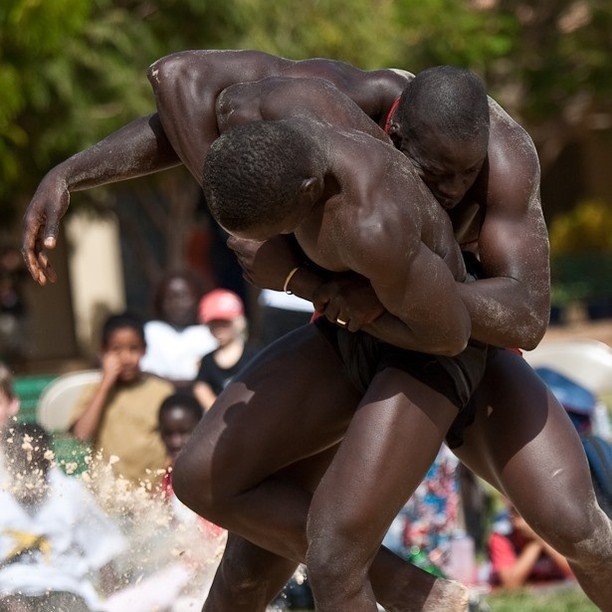
Engola (Angola)
Many know the Brazilian dancing of Capoeira, but not the martial art that inspired it. Engola is one of the African martial arts that disguises itself as a dance. But in reality it is a popular form of self defense in Angola, where powerful kicks are delivered.
Also called Ngolo, Engola is a performance of ritual combat that is heavily kick based. The martial art is practiced by different ethnic groups around the Cuene river in southern Angola.
Just like most African martial arts, Engola was used as a rite of passage for young men. Many of the techniques were created to mimic the way zebras fight. Using quick movements to deliver powerful kicks.
During the slave trade, many Engola practitioners were taking prisoner and shipped to Brazil. These Ngolos practitioners would innovate their style and this was how Capoeira would be created.
Nuba Wrestling (Sudan)
Another form of wrestling practiced in wrestling is the Sudanese style of Nuba wrestling. Also called Nuba fighting is very similar to Senegalese wrestling and a mix of freestyle wrestling.
It is a style of wrestling that was first practiced by the Nuba people of southern Sudan. This is not only a sport, but a form of cultural identity for the Nuba people.
Wrestling events generally take place during major festivals and holidays. The rules of this style of wrestling are also similar to Laamb wrestling.
Competitors are allowed to use takedowns, as well as hand strikes to take their opponent’s down. Whoever gets the takedown is declared the winner.
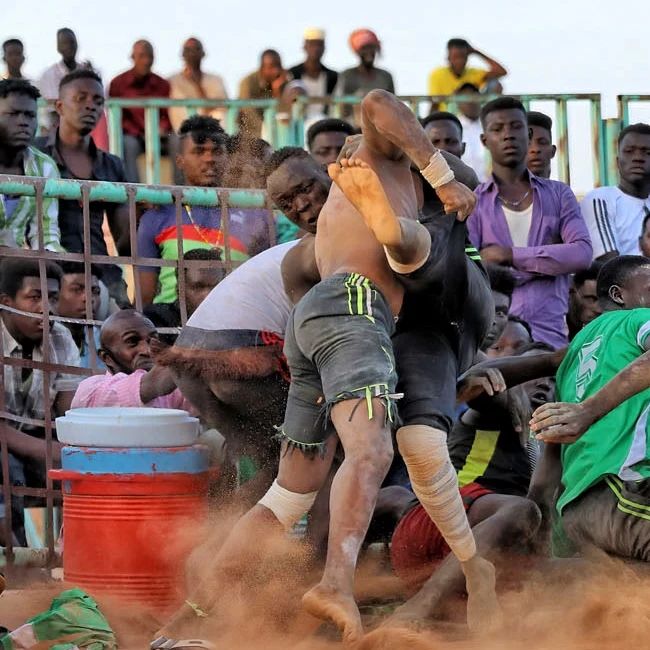
Istunka (Somalia)
Istunka or Somali stick-fighting is a traditional weapon-based martial art practiced within Somalia. Another one of the African martial arts, where competitors attack each other with sticks.
It goes by other names such as Guban or Geri. The martial art is a combat system, sport, and something that embodies the cultural heritage of the Somali people.
Participants in the matches have two large sticks that are used for offense and defense. They also hold a large towel/blanket in their lead hands that are used for distraction.
In the matches, points are awarded for clean strikes to the head, body, arms, and shoulders. More points are awarded for cleaner techniques that use superior speed and timing.
The martial art and sport have had a resurgence in recent years after efforts to preserve and promote the system. It’s the national past-time of the Somali people and something nearly all young men participate in.
Musangwe (South Africa)
Musangwe is a style of bare-knuckle boxing that is practiced within South Africa. It’s one of the most brutal hand to hand African martial arts within the continent.
This is one of the few styles of African boxing and one of the oldest on record. For centuries, this style of fighting has been used to settle disputes between tribes without full blown war. Much like the gypsy classes within Europe.
But what sets this style of bare knuckle boxing from the European style is the pre-fight rituals. Before matches, the boxers participate in dances and gestures to challenge the opposing side
The fights themselves are exactly the same as what we see in Europe. There are no time limits and the match continues until either a boxer is knocked out or quits.
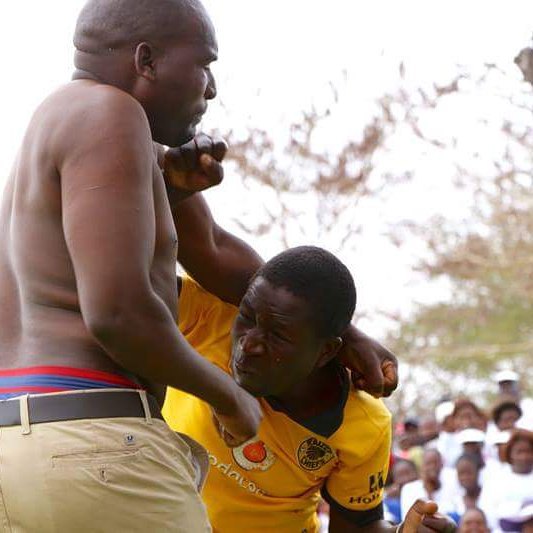
Tahtib/Egyptian Stick-Fighting (Egypt)
In Egypt, a wide variety of different African martial arts are practiced. One of the oldest martial arts practiced in Egypt is Tahtib or Egyptian stick-fighting.
It’s a weapon-based martial art that has centuries of history. This martial art combines elements of combat, dance, and cultural expression.
This martial art holds a significant place in Egyptian folklore and remains an important part of Egyptian heritage. Tahtib involves wielding long sticks that are typically made of cane or bamboo.
Competitors engage in a rhythmic and choreographed exchange of strikes, blocks, and evasive maneuvers. It is practiced as both a sport and for cultural events.
It’s a beloved martial art within Egypt that is both practiced and celebrated by many Egyptians.
Surma Stick-Fighting (Ethiopia)
Ethiopia has their own style of stick fighting, which is called Surma stick-fighting. Also called Donga or Suri stick-fighting, Surma is a traditional martial art practiced by many Ethiopian tribes.
Specifically the Surma people, who the martial art is named after. Just like most other African martial arts, Surma is more than just a stick-fighting sport.
It is used as a rite of passage and to settle disputes between neighboring tribes. Competitors wield a long stick from a Sesham tree that they call a “donga.”
This stick has a length of 6 ft(2 meters) and competitors wear no more protection and really no clothing. The object of the match is rather straightforward.
Competitors aim to hit their opponent without sustaining damage of any kind. These stick-fighting bouts are accompanied by music sung by the spectators, which creates an energetic atmosphere.
Surma stick-fighting is engrained in the culture of the Surma people and something they all participate in.
Moraingy (Madagascar)
The last of the African martial arts that we’ll cover is the art of Moraingy from Madagascar. It’s a style of fighting that’s primarily practiced by the Malagasy people and the Saklava and Antandroy ethnic groups.
Moraingy is their version of kickboxing that takes place in a dirt ring with no padding. This style of kickboxing is known for its acrobatic kicks and dynamic strikes.
Fighters knowns as “mpifamos” engage in team bases one-on-one fights. It’s a striking dominant fighting style, but the object of the match is to knock their opponent out of the area.
Moraingy fights are often held during special events, where the spectators sing and create and exciting atmosphere.

